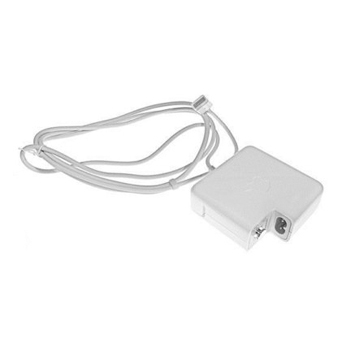

MacBook Pro (13-inch, Late 2016, Two Thunderbolt 3 Ports) MacBook Pro (13-inch, Late 2016, Four Thunderbolt 3 Ports) MacBook Pro (13-inch, Mid 2017, Two Thunderbolt 3 Ports)

MacBook Pro (13-inch, Mid 2017, Four Thunderbolt 3 Ports) IMac Pro (Retina 5K, 27-inch, T2 Chip, Late 2017) * MacBook Pro (15-inch, T2 Chip, Mid 2018) * As of fall 2018, these are Thunderbolt 3 Macs that have native eGPU support in MacOS 10.13.4 and newer. There are a handful of solutions that come ready-to-go with a graphics card such as the Sonnet Breakaway Puck 570, Gigabyte RX 580 Gaming Box, and Blackmagic eGPU. All you’d need is a MacOS-certified AMD Radeon graphics card + eGFX enclosure pairing that fits your needs and budget. If you have a Thunderbolt 3 Mac computer, you’re in luck because this is the platform on which Apple has been building eGPU support. Does the release of Mojave mean your Mac is ready to adopt external graphics technology? Your particular configuration holds the answer.Ģ016 15 Macbook Pro with 4x eGPUs in Mojave 10.14 Native Support Boot Camp mode to run Windows shows minor progress however. Fortunately the developers of our community, Goalque, Mac_Editor, and Fr34k have continuously engineered workarounds to keep many Mac users in the game. Nvidia and Apple remain on unfriendly terms.

There’s no sign Apple will ever extend eGPU support to Thunderbolt 1 and 2 Macs. While these are welcome improvements, Apple excludes users with older Macs and/or Nvidia graphics cards. Support for true hot-plug, internal display acceleration, and multiple eGPUs are the highlights of Mojave 10.14 release for eGPU users. During the past six months Apple made significant progress by narrowing their focus to Thunderbolt 3 Macs and select AMD Radeon graphics cards.

We have been following the development of this latest version since WWDC18. Today Apple releases Mojave 10.14, one year after the launch of macOS High Sierra 10.13 with eGPU support.


 0 kommentar(er)
0 kommentar(er)
